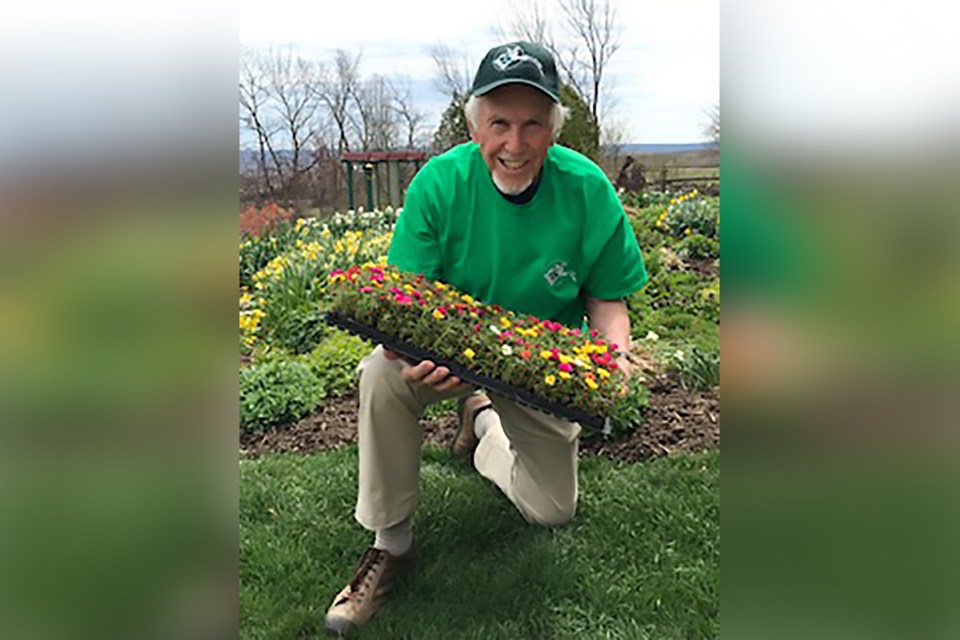John Hethrington has been gardening since the age of 9. He spent his early life gardening in Toronto and earned his certification as a Master Gardener before moving to Meaford where he cultivates 2.5 acres with 20 different gardens. He publishes monthly garden tips for local newsletters and his column will appear on CollingwoodToday.ca as well.
******
For the best chance of a blooming spring in your home gardens, there are some important chores to finish in November. Area master gardener John Hethrington offers this to-do list for your winterization chores:
- I usually recommend a little last-minute deep watering, but with all the rain this year we should be OK until spring.
- Buy discounted bulbs on sale and get them in the ground. Your extra efforts will bloom in the spring.
- Remove plants from your pots and other containers and empty the soil. Dump plants and soil into your compost pile; clean pots thoroughly and store them.
- There is an annual argument as to whether you should cut back your perennials, grasses etc., in the fall, or leave them long for “winter interest”. Up here, most perennials are covered by two feet of snow, so you can’t see them anyway. Since spring clean-up can be daunting and there can be wet weather, a late spring and/or instant summer, this year, I am opting for a big fall clean-up to get a jump on spring 2022. Suit yourself.
- Dig up and bring in dahlia tubers, tuberous begonias and gladiola corms, cala lily bulbs when the leaves turn yellow. Remove the soil and wash the tubers. Remove little cormlets from glad corms for more plants next year. Cure the tubers and corms for two to three weeks in a warm dry place. Place in trays and cover with dry compost, peat moss, sand or perlite. Store at about 5 Celsius in a cold-cellar, or slightly heated garage.
- Try potting up some spring bulbs like amaryllis and paperwhite narcissus and force them into bloom for Christmas and/or for late winter indoor colour. Different bulbs will require various lengths of cold to flower, so read the product packaging carefully. Store the bulbs in an area where they will not freeze (about 5 Celsius). A fridge or cold cellar will work well for this.
- Complete winterization procedures for plants, containers, drain hoses and clean all other garden equipment. To be a perfect gardener, sharpen tools and put linseed oil on wood handles. Paint small hand tool handles red so you won’t lose them next spring.
- Protect young trees from rodents by using wire collars or plastic protectors.
- Hill up your hybrid tea and floribunda roses with 10 inches of compost covering the stems, or use a metal or plastic “rose collar” and fill it with compost before the ground freezes.
- Create one or more winter/Christmas urns using a variety of evergreen branches. Find branches with berries and add colour with red dogwood and dried hydrangea blossoms.
- Check mulch levels in gardens. Pull mulch back 2”-3” from around shrub and tree trunks to discourage rodents. Add more compost or leaves to beds if you have them. Provides winter homes for pollinators and other insects.
- Order seed catalogues for next spring.
- And finally, buy your supply of Triple-19 fertilizer for March application on top of the snow on all your garden beds. Then, you will have the fertilizer when the time comes to apply it in March. Many times, a store's summer supply has not arrived until after the snow has gone from your garden beds.



